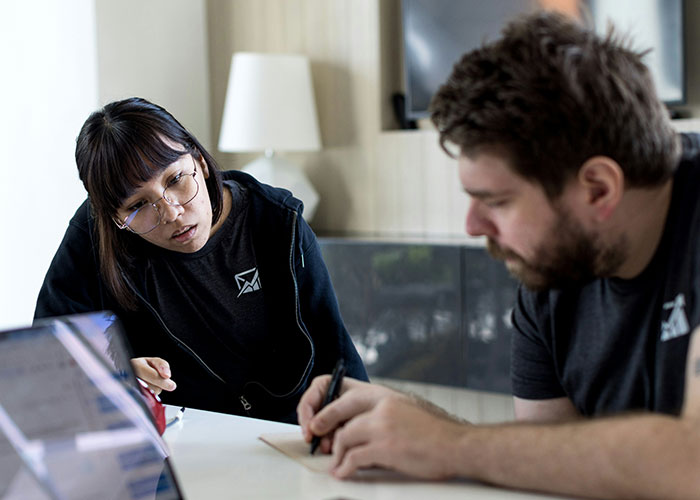Having a solid understanding of human behavior is like unlocking a real-life superpower. It’s not just about being observant—it’s about knowing what makes people tick, which can help you navigate awkward moments, strengthen your relationships, and even sway people in your favor when it matters most.

Whether you’re trying to get someone to really hear what you’re saying, calm a tense conversation, or grab a stranger’s attention in a crowded room, the way you carry yourself and what you say can make all the difference. It’s not magic—it’s psychology. And the best part? You don’t need a PhD to start using these subtle strategies in your everyday life.
We’ve gathered a list of go-to psychological tricks that real people use in all kinds of situations. These small mental tweaks and behavior shifts are backed by experience, and in some cases, even by science. They’re simple, practical, and can genuinely make your life a whole lot easier once you put them into play.
Want to get someone to open up during a serious conversation? Try staying silent just a second longer after they finish speaking. People are naturally uncomfortable with pauses and will often keep talking to fill the silence. That’s when the real, unfiltered thoughts tend to come out.
Need someone to pay attention to your words? Use their name. It might seem basic, but addressing someone by name helps capture their focus and creates a more personal connection. It signals respect and makes the other person feel acknowledged, which keeps them more engaged in the conversation.
If you’re in a disagreement or a negotiation, mirroring someone’s body language subtly can help build trust. Known as the “chameleon effect,” this psychological trick can lead the other person to feel more comfortable around you without realizing why. Just don’t overdo it—keep it natural and relaxed.
Trying to win someone over? Ask them for a small favor. This might seem counterintuitive, but it’s based on a psychological principle called the Ben Franklin Effect. When someone does something nice for you, their brain rationalizes it by deciding they must like you. It’s a quirky but effective way to build rapport.
If you want people to listen to your ideas or instructions, frame your words in a way that makes them feel like it was their idea. Instead of saying, “You should do this,” try, “What do you think about doing it this way?” This encourages collaboration and reduces resistance.
Meeting someone new and want them to feel comfortable with you right away? Nod slowly while they’re speaking. This nonverbal cue signals that you’re engaged, supportive, and understanding. People tend to subconsciously mirror others, so they’ll likely nod back and feel more at ease.
Want to steer a group’s attention or guide someone’s gaze? Try looking in the direction you want them to look. Humans have a natural instinct to follow others’ eye movements, especially in uncertain situations. This is often used in public speaking or presentations to draw attention to specific details.
If you’re worried someone’s lying, watch their feet. People can control their words and facial expressions, but their body language often betrays them—especially the feet. Shuffling, pointing toward the nearest exit, or suddenly crossing their legs away from you could be subtle signs of discomfort or dishonesty.
When someone is upset and you want to calm the situation, lower your voice instead of raising it. Speaking slowly and softly forces the other person to quiet down in order to hear you. It’s a powerful way to de-escalate conflict and maintain control of the conversation.
Another solid trick? If you’re trying to remember something that someone just said, repeat it back to them in your own words. Not only does it confirm you understood them, but it helps commit the information to memory. It also shows you’re actively listening, which people really appreciate.
Want to make a lasting impression? End conversations on a positive note. People are more likely to remember the end of an interaction than the beginning. So even if things start off a bit rocky, wrapping up with kindness or a compliment can reshape their entire takeaway.
These techniques aren’t about manipulation—they’re about understanding how people respond to subtle social cues and using that knowledge to build better connections. And while none of them are foolproof, they’re all worth experimenting with the next time you find yourself in a tricky conversation or unfamiliar situation.
So the next time you’re trying to break the ice, win someone’s trust, or just make your day go more smoothly, try one of these psychological tips. You might be surprised at how powerful these little changes can be.
















